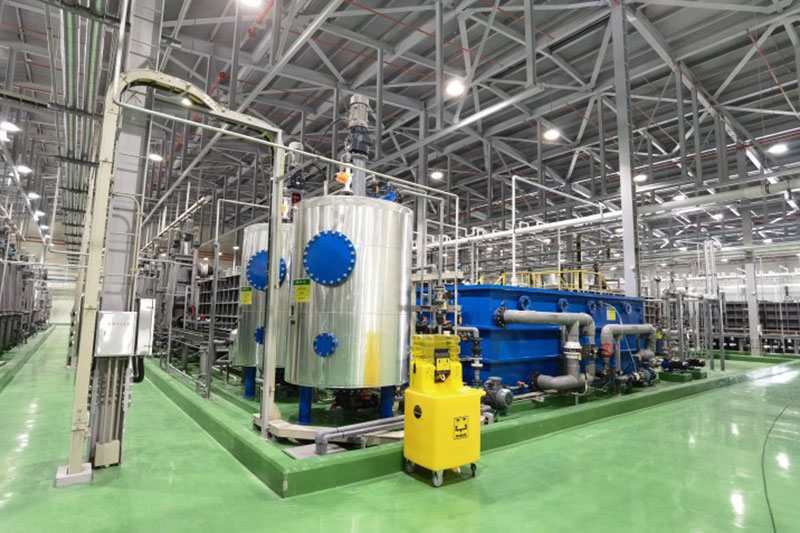Apparecchiatura di sgrassaggio a microinterfaccia
Ottenere la certificazione ISO9001.
Prodotti brevettati con molteplici design strutturali.
Possiede una tecnologia di base brevettata.
Eccellenti prestazioni di tenuta e vantaggi come il sistema di scarico completo.
Il progetto complessivo può essere realizzato in base alle esigenze del cliente.
Apparecchiatura di sgrassaggio a microinterfaccia is a high-efficiency, eco-friendly precision cleaning solution designed to remove microscopic grease, particulate contaminants, and oxide layers at submicron levels. By integrating nanobubble technology, high-frequency ultrasonic waves, e low-pressure vacuum environments, it achieves ultra-clean surfaces without damaging substrates, making it ideal for complex geometries like microchips, miniature bearings, and precision molds.
Key Advantages
- Ultra-Precision Cleaning
Nanobubbles penetrate micropores, blind holes, and crevices to eliminate residues inaccessible to conventional methods (cleanliness ≤0.1μm particles). - Eco-Friendly Operation
Uses aqueous biodegradable solvents or supercritical CO₂ instead of traditional VOCs, complying with RoHS/REACH regulations. - Rapid Drying
Vacuum-assisted drying with pulsed hot air completes the process in ≤5 minutes, eliminating watermarks. - Automation Integration
Compatible with robotic arms, conveyors, and MES systems for unmanned production lines.
Applicazioni
- Semiconductor Industry: Post-dicing wafer grease removal.
- Medical Devices: Microporous degreasing and sterilization prep for surgical tools.
- Aerospace: Surface activation of turbine blades before coating.
- 3C Electronics: Precision cleaning of smartphone frames and connectors.
How does micro-interface degreasing outperform traditional ultrasonic cleaning?
Conventional ultrasonics rely on cavitation at ≤40kHz, struggling with microscopic contaminants. Our system employs dual-frequency ultrasonic waves (80kHz + 120kHz) e micro-jet technology to target residues directly, tripling efficiency while preventing cavitation damage to delicate parts.
How are high-viscosity/cured greases treated?
For stubborn residues (e.g., silicone grease, epoxy), we integrate a low-temperature plasma pretreatment module to break down molecular chains via ion bombardment. Coupled with a thermostatic solvent circulation system (50–70°C), this ensures residue-free removal. For example, an automotive client achieved SAE AS4059 Class 3 cleanliness for gearbox components.
Is the equipment compatible with diverse materials?
Yes. Adaptive parameter control** (frequency, temperature, pressure) ensures safe cleaning of aluminum, titanium alloys, ceramics, and polymer composites. For carbon fiber parts, the system auto-switches to neutral electrolytes and disables alkaline solvents.
How is pollution-free operation ensured?
Closed-loop filtration: 0.1μm filters capture particulates, achieving ≥95% solvent reuse.
- Zero VOC emissions: Catalytic combustion treats exhaust gases to meet GB16297-1996 standards.
- Traceable materials: All contact parts are 316L stainless steel or PTFE to prevent cross-contamination.
TUTTO CIÒ CHE NON SEI RIUSCITO A TROVARE.
Vantaggi della nostra azienda
TYIC si concentra sul mercato globale. Abbiamo i seguenti vantaggi:
- Ciclo di pagamento personalizzato
- Basso costo
- Team tecnico professionale
- Controllo di qualità rigoroso.
- Risposta rapida o entusiasmo.
INVIATECI UN'E-MAIL
Richiesta di preventivo
In base alle esigenze del cliente e alle caratteristiche del prodotto, completiamo la pianificazione e la progettazione dell'intera linea di produzione di lisciviazione ed estrazione.
